Uttarakhand Switch to Hindi
Uttarakhand Police Recover MDMA Drugs
Why in News?
Uttarakhand Police arrested a woman near the India-Nepal border with 5.688 kg of metyhlenedioxy-methylamphetamine (MDMA) worth Rs 10.23 crore and booked her under the Narcotic Drugs and Psychotropic Substances Act, 1985.
Note: India’s National Policy on Narcotic Drugs and Psychotropic Substances is guided by Article 47 of the Constitution, which urges the State to prohibit the consumption of intoxicating substances harmful to health, except for medicinal use.
- The Central Government holds the primary responsibility for controlling drug abuse and enforcing narcotics laws in the country.
Key Points
- About MDMA:
- MDMA (3,4-methylenedioxymethamphetamine) is a synthetic derivative of amphetamine, widely known as a recreational drug.
- Since the 1980s, it has been popular on the streets under names like Ecstasy, E, Molly, XTC, X, Beans, and Adams.
- MDMA belongs to a class of psychoactive substances known as entactogens (from Greek, meaning “touching within”).
- As an entactogen, it induces euphoria, enhances emotional closeness, boosts empathy and communication, and may aid in retrieving repressed memories.
- It can severely affect the cardiovascular, neurological, renal, and hepatic systems. Its potentially life-threatening effects require urgent recognition and intervention in clinical and emergency settings.
- Narcotic Drugs and Psychotropic Substances Act, 1985:
- The Act regulates certain operations such as manufacture, transport, and consumption related to narcotic drugs and psychotropic substances.
- Under the Act, financing certain illicit activities such as cultivating cannabis, manufacturing narcotic drugs, or harbouring persons engaged in them is an offence.
- Persons found guilty of this offence will be punished with rigorous imprisonment of at least 10 years, extendable up to 20 years, and a fine of at least Rs 1 lakh.
- It also provides for forfeiture of property derived from, or used in, illicit traffic in narcotic drugs and psychotropic substances.
- It also provides for the death penalty in some cases where a person is a repeat offender.
- The Narcotics Control Bureau was also constituted in 1986 under the Act.
- Initiatives Taken to Tackle Drug Abuse in India:
- Project Sunrise: It was launched by the Ministry of Health and Family Welfare in 2016 to tackle the rising HIV prevalence in north-eastern states in India, especially among people injecting drugs.
- Nasha Mukt Bharat: The government has also announced the launch of the ‘Nasha Mukt Bharat’, or Drug-Free India Campaign, which focuses on community outreach programs.
- NIDAAN and NCORD Portals: NIDAAN and NCORD Portals are online platforms that maintain detailed databases of drug offenders, supporting law enforcement agencies in tracking drug-related crimes and trends.
- Seizure Information Management System: The Narcotics Control Bureau has been provided funds for developing new software like the Seizure Information Management System (SIMS), which will create a complete online database of drug offenses and offenders.
- National Drug Abuse Survey: The government is also conducting a National Drug Abuse Survey to measure trends of drug abuse in India through the Ministry of Social Justice & Empowerment with the help of the National Drug Dependence Treatment Centre of AIIMS.
Narcotics Control Bureau (NCB)
- The Government of India established the NCB in 1986 under the Narcotic Drugs and Psychotropic Substances (NDPS) Act, 1985.
- NCB functions as the apex coordinating agency for drug law enforcement in India and operates under the Ministry of Home Affairs.







-UPPCS-English%20(web).png)
-UPPCS-English%20(mobile).png)

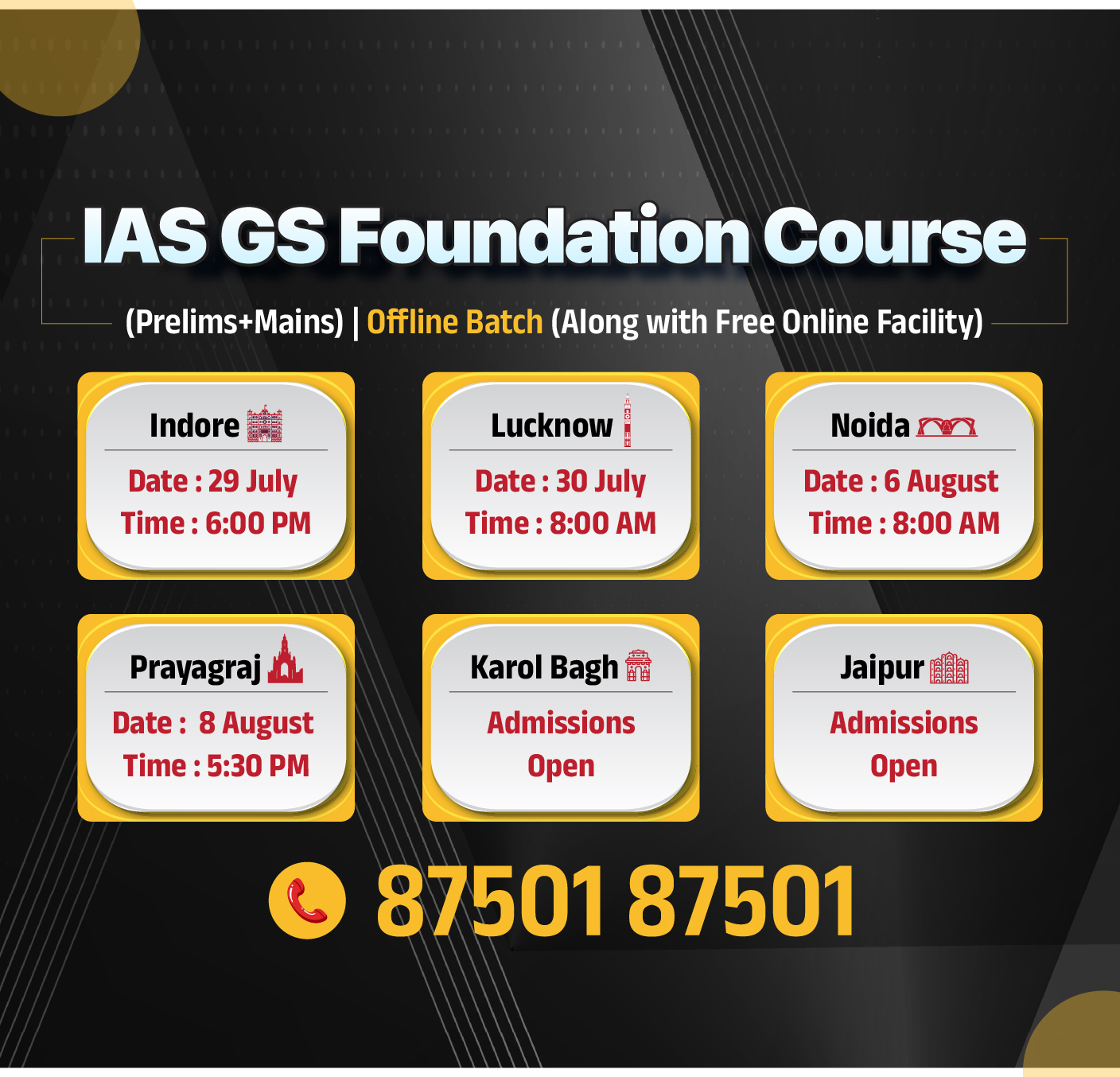

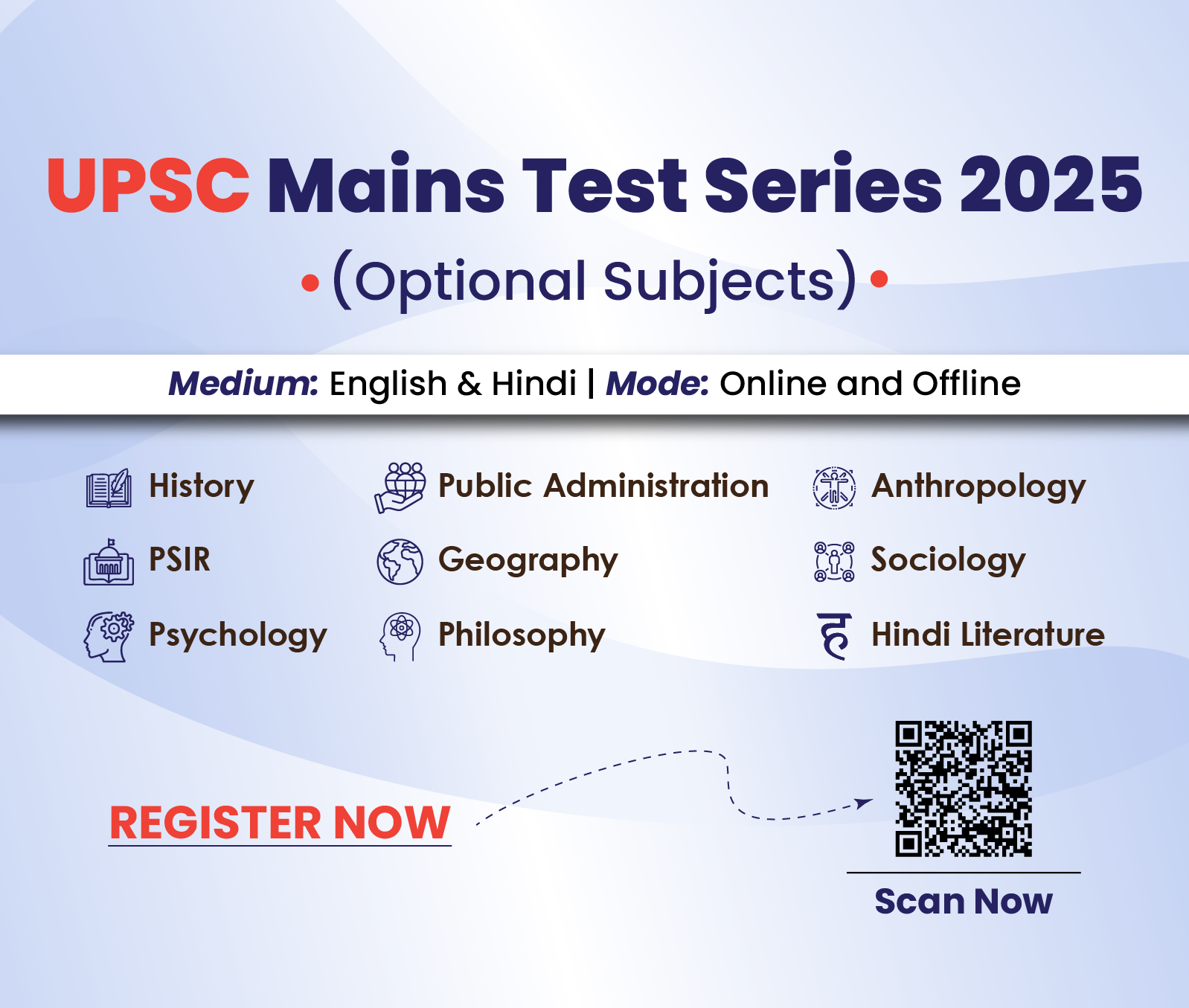

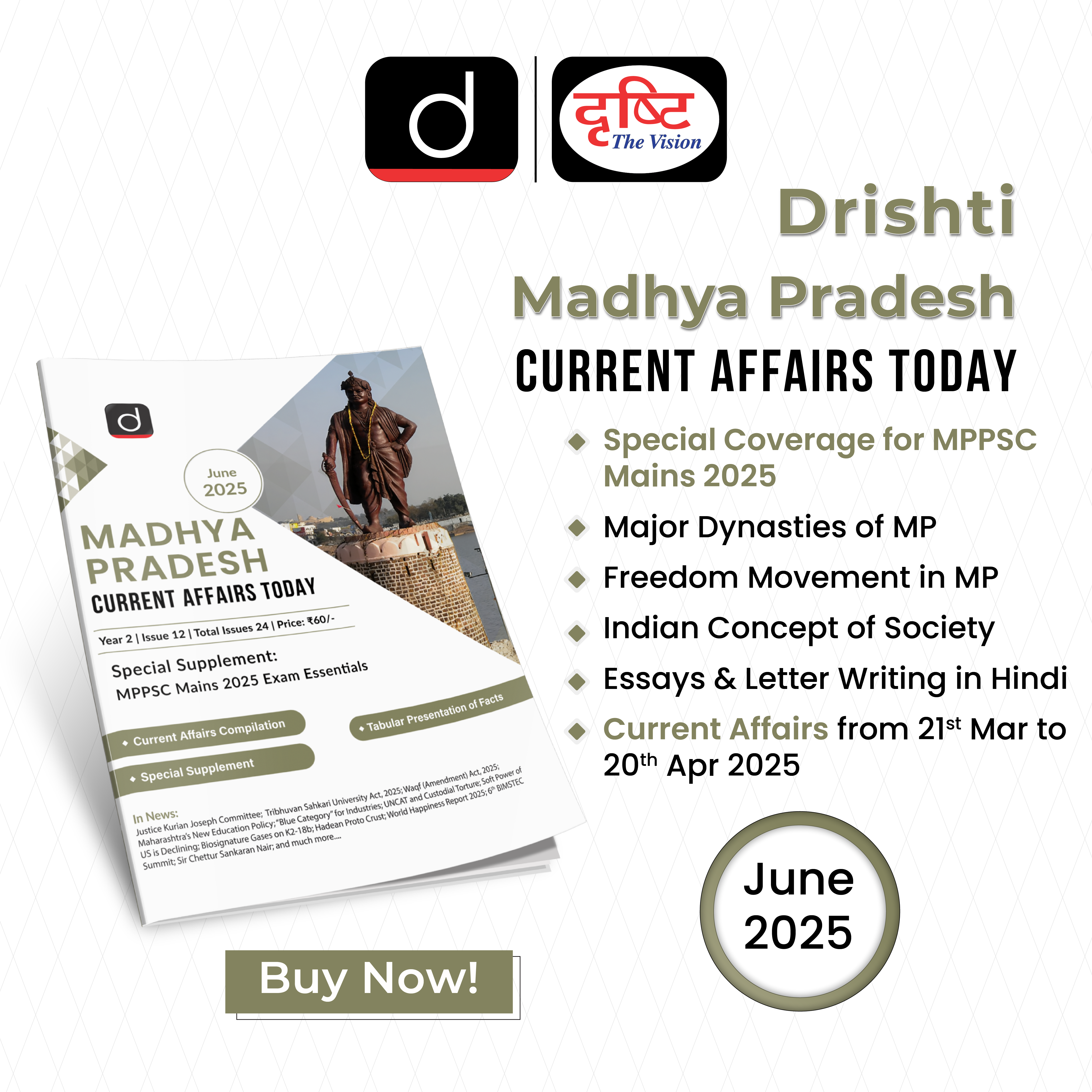

.jpg)



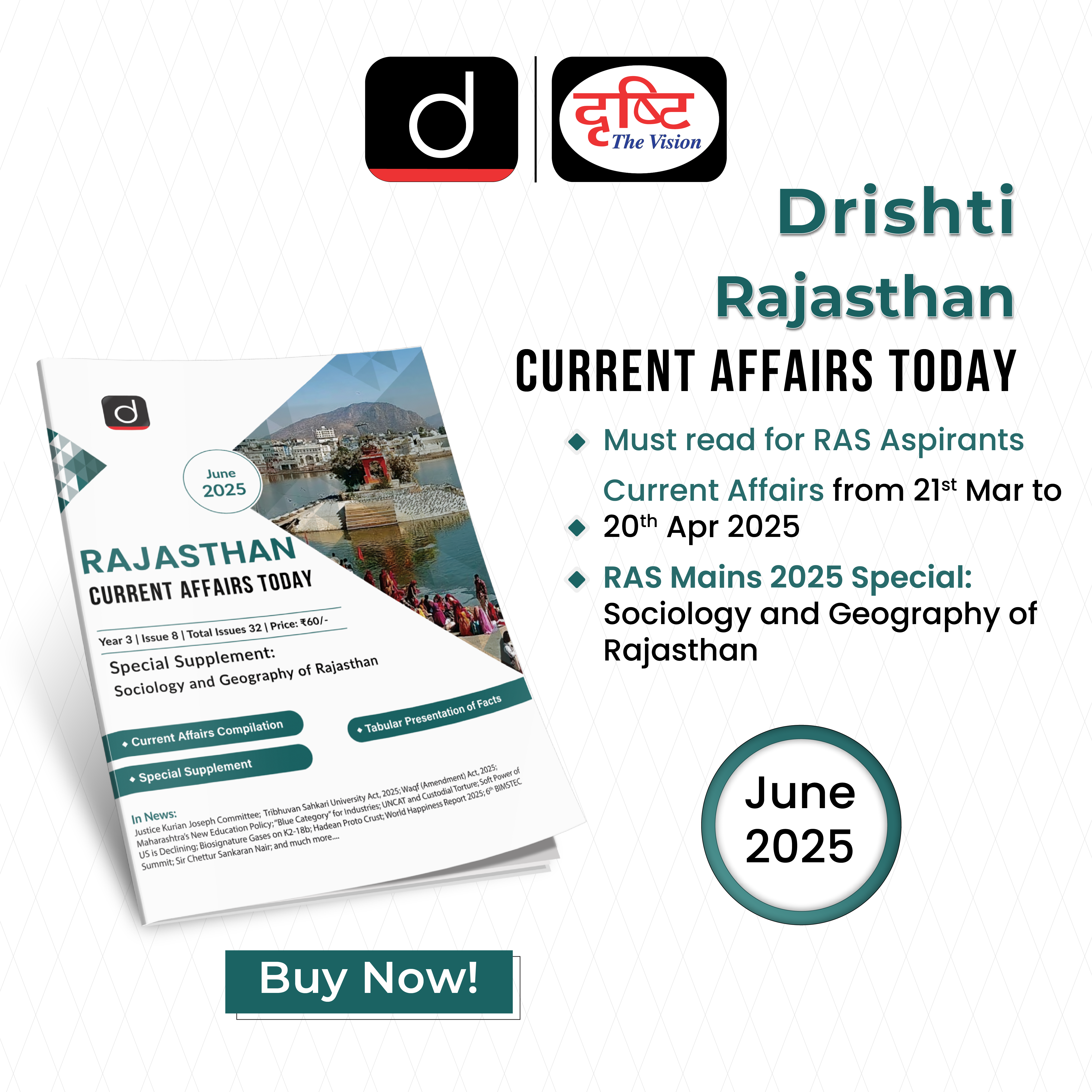





.png)

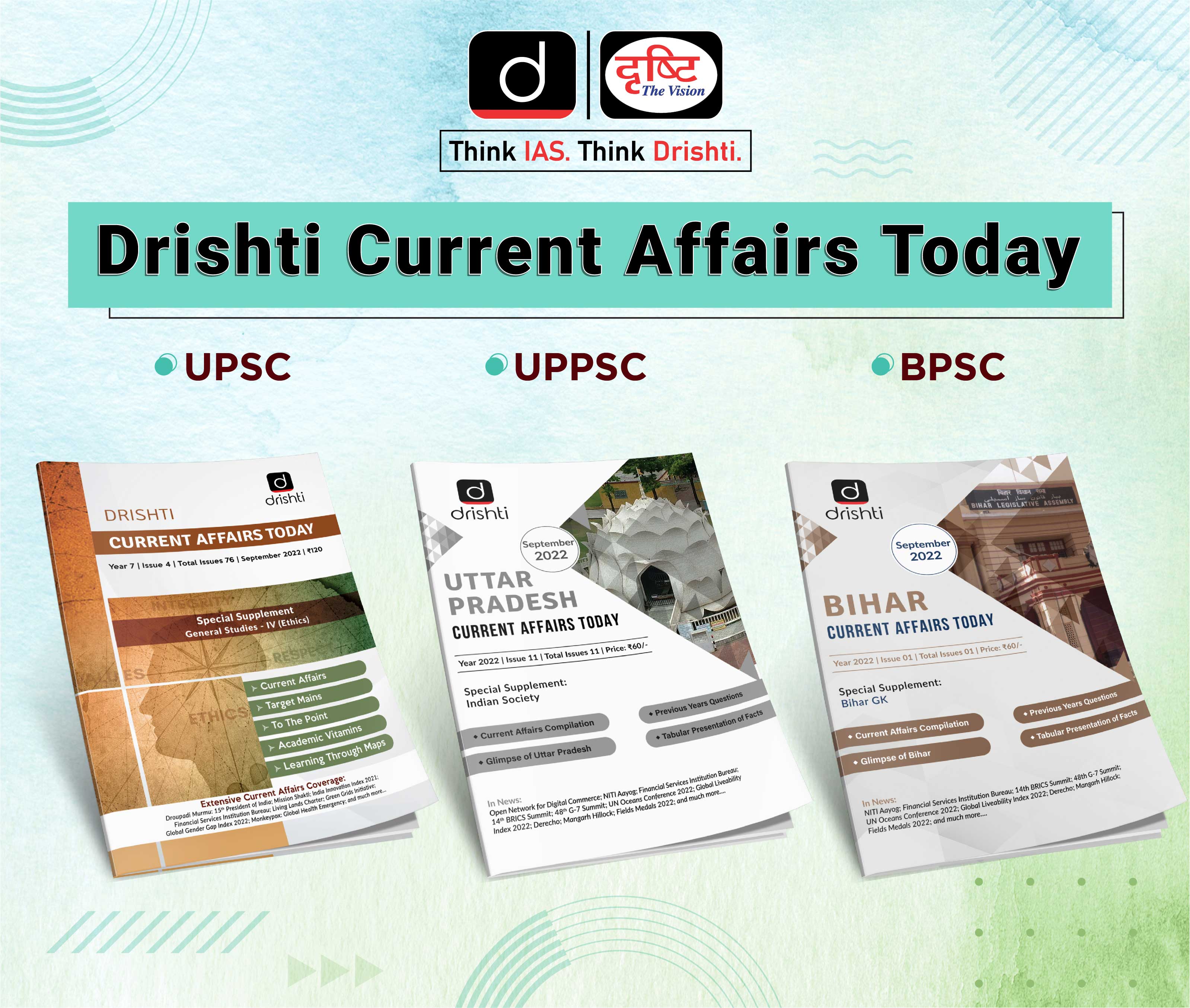

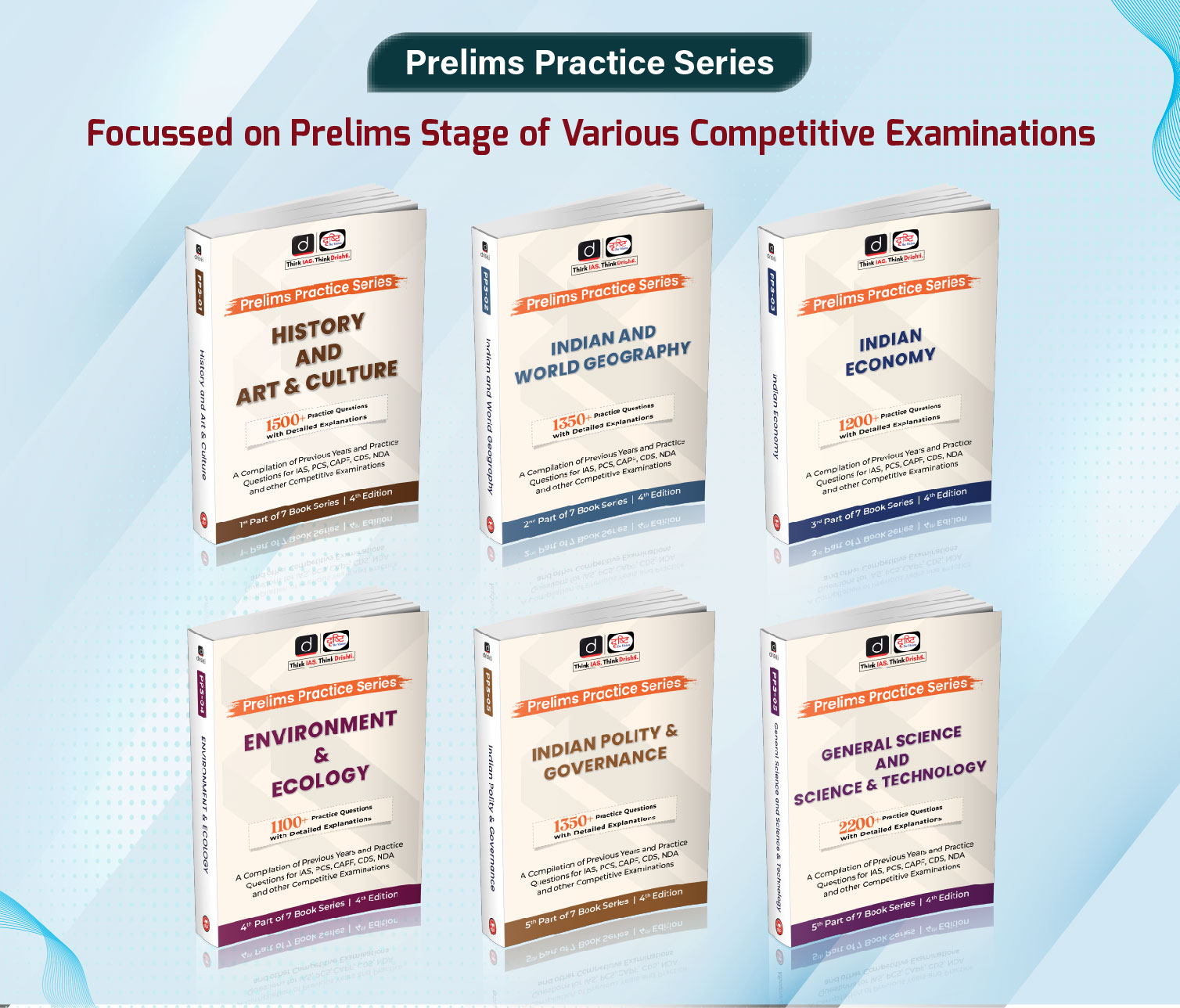

 PCS Parikshan
PCS Parikshan

